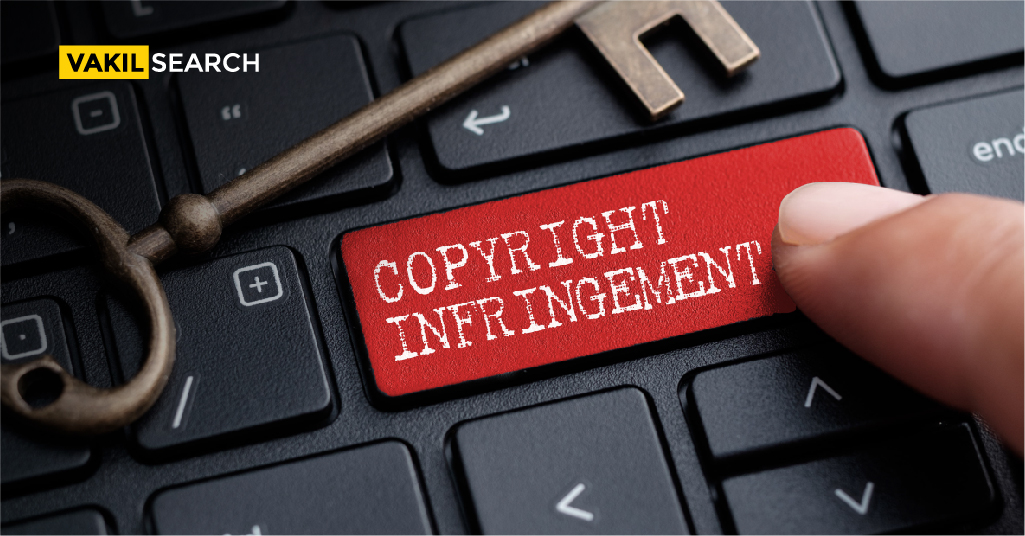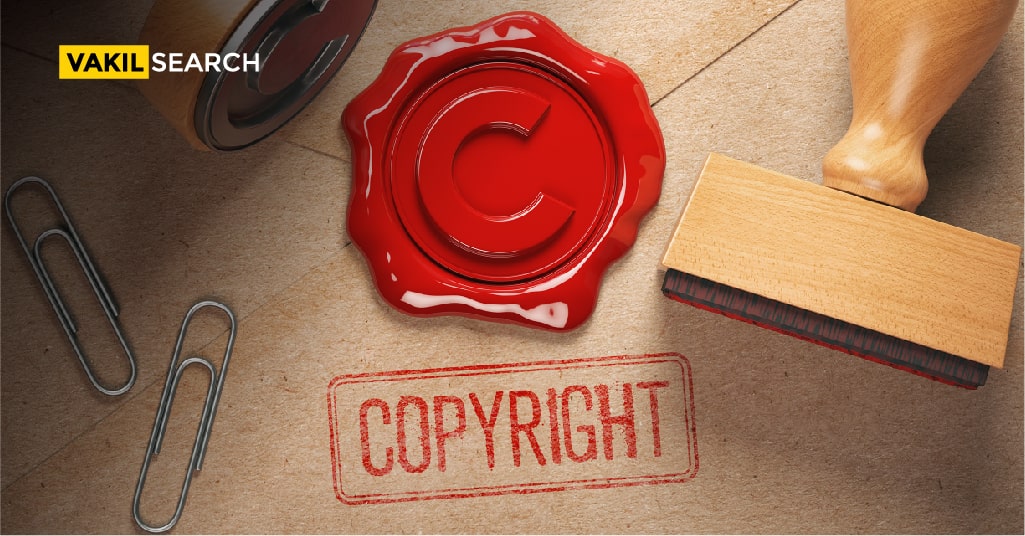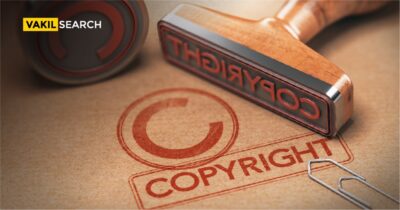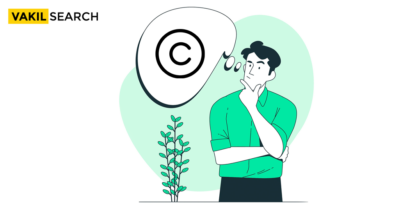You will get all the information about whether a song is protected or not, keep reading!
Overview
You want to play music at your business, but you’re unsure if doing so will violate anyone’s copyright. You know that most music requires a license before being played in a commercial setting and that some music is available without cost.
The performing rights to this work do not pass from the author to anyone else until 70 years after the author’s death.
When a third party, such as a recording studio, handles the song’s publication, it assumes additional rights. If you hear a song for the first time, it’s safest to think it’s protected by copyright.
Some songs, however, can be downloaded for nothing or a one-time fee. These can be located by conducting a search tailored to the license or domain.
If you can’t find any information to the contrary, you should assume the song is copyrighted and that you’ll need to pay royalties or a licensing fee to use it.
What Is It That Makes Music Copyrighted?
The purpose of copyrighting music is to safeguard the original creators’ ideas by granting them the sole legal right to exploit their copyright literary work in any way they see fit. The rights holder must present a license before anyone else can use the song, usually for a fee.
How to Check if a Song Is Copyrighted
It is generally assumed that songs are copyrighted, but if you’re uncertain, there are several methods to confirm a song’s copyright status:
Step 1: Check if It’s in the Public Domain on PDINFO
Verify if it’s in the public domain by using PDINFO. If a song is in the public domain, you can check its status on the PDINFO website by searching for it based on the track or year.
Step 2: Check a Video Description on YouTube
Check the video description on YouTube. You can search for the song title and artist on YouTube to see if the video description mentions the license holder under ‘Music in this video’. This also applies if you hear a song in another video.
Step 3: Upload a Video as Unlisted or Private First to Check
Upload a video as unlisted or private on YouTube to use Content ID. If you’re unsure about a track’s copyright status, upload a video as unlisted or private on YouTube, and Content ID will determine if it’s copyrighted. Be cautious, as some tracks may not be added to Content ID immediately.
Step 4: Check for a Copyright Mark in the File Name or File Information
Look for the copyright symbol (©) in the file name or information when downloading a track. While it’s rare to see a copyright symbol in a song’s title, it can serve as an indicator of its copyright status.
Step 5: Pay the Copyright Experts
Consider consulting copyright experts or companies if you have the resources and remain uncertain about the song’s copyright status. They can provide guidance and assistance with copyright matters.
Is There Copyright Protection For Every Song?
Warning: virtually all music is protected by copyright laws. However, how you put that music to use is the most critical factor in determining the extent to which you are subject to any restrictions.
However, a song or musical composition may be used without permission in a few circumstances.
Free and Open Source Music
- The term “public domain music” refers to tunes that anyone can use without paying royalties. Music that meets the following criteria is considered to be in the public domain:
- The song was written before copyright laws were in place (The first copyright act was created in Britain in 1710)
- 50–70 years after the author’s death (depending on the country)
- Any pre-1978 works for which the original authors have failed to re-up their copyrights (which you can research in the UK Copyright Office). Don’t forget to look through what’s been compiled in the Public Domain Information Project.
Free and Open Source Musical Works
The music released under a Creative Commons license can be used without cost. However, there are limitations and guidelines for proper usage that must be observed to avoid copyright infringement.
Royalty-Free Music
Just what is “royalty-free music”? You can use copyrighted music in any way you like with a royalty-free license without negotiating licensing fees with the Performance Rights Organisations (PROs).
The use of music that does not require payment of royalties typically comes with a price tag. The licensing fee is paid only once (typically via a subscription to a platform like Artlist), and the song can be used indefinitely.
In comparison to using songs from the public domain or under a Creative Commons license, using licensed royalty-free music in your videos has many benefits.
- Superior Quality.
- There is more of a variety from which to pick.
- An enhanced user interface that expedites your searches
Keep in mind that not all royalty-free platforms have the same license terms, so you must read the fine print before committing to one (more on that later on)
Don’t forget that you need permission to use any song protected by copyright laws. If you use it without authorization, you may be breaking the law.
Workflow of Copyright Registration
When Is It Acceptable to Use Music That Is Protected by Copyright?
In minimal circumstances, you can legally use music that is protected by copyright without infringing on the rights of the original creator:
- You don’t need a license if the video you’re making is solely for your personal use and you have no plans to sell it.
- Only if you have the right to use the music in question.
- Under “fair use,” you don’t need permission to show a video in a classroom or offer an opinion on, critique, or parody a song.
Finally, ensure you have a firm grasp of the concept of parody. In 1995, for instance, film studio MGM sued the automaker, Honda for copyright infringement for commercializing the James Bond name without permission. Honda countered that their use of the name was a parody and thus protected under the doctrine of fair use.
The court ruled against Honda because the video was not a parody of the James Bond brand, so be sure to use the term “parody” if you plan on using the property. You can judge for yourself.
If you want to use someone else’s work without their permission, you can’t. Here is a simple step-by-step guide that will help you determine if music is copyrighted.
What Are The Repercussions Of Using Music Protected By Copyright Laws Without Permission?
It’s usually not a question of whether a copyright for songs in India but of what that copyright entails or how restrictive it is. YouTube makes it clear whether or not the video can be viewed in a particular country.
The owners of the music’s copyright can change their minds and demand that any videos featuring the music be removed. A copyright strike can be issued for the unauthorized use of musical compositions.
YouTube may disable your video’s audio and playback. Warnings like “This video features audio that “the appropriate rights holders did not clear are possible.
All copyright sound recording form has been turned off. You can dispute the claim through your YouTube account if you have permission to use the song in question.
You also can’t make money off of the video if you use music that has copyright restrictions. If the copyright holder decides that your YouTube video featuring the song qualifies as “ad-supported music,” it may display advertisements in exchange for financial compensation.
You risk not being able to cash in on increased foot traffic or new plays. That’s why getting your hands on some royalty-free tunes is usually the least complicated option.
Conclusion
With any luck, you now have a better idea of how to identify copyrighted music. Think things through and always follow the guidelines.
Find out if the music in your video is legitimate by doing some research. The best way to avoid legal hassles is to use a piece that doesn’t require payment for its use.
Professional experts like Vakilsearch can help you determine whether a song is a copyright protected. Click to- Copyright Application
Frequently Asked Questions
How can I determine if a song is copyright-free and safe to use in my content?
To determine if a song is free from copyright restrictions and suitable for use in your content, you have a few options: You can confirm if the song is in the public domain, meaning its copyright has expired or been waived, allowing unrestricted use. Websites like the Library of Congress and PDINFO can help you find public domain music. Explore copyright-free music libraries available on various websites, but b cautious about their terms and conditions, as some may impose usage restrictions. Finally, if you're uncertain about a song's copyright status, consider reaching out to the copyright holder to request permission for its use.
What exactly does it mean for a song to be protected by copyright?
Copyright is a form of intellectual property that protects original works of authorship. When a song is copyrighted, the copyright holder has the exclusive right to do the following: Reproduce the song Distribute the song Perform the song publicly Create derivative works based on the song. In other words, you cannot use a copyrighted song without permission from the copyright holder.
What legal methods can I use to include copyrighted music in my YouTube videos?
You can lawfully incorporate copyrighted music into your YouTube videos through several methods. The primary approach is to secure a license from the copyright owner, typically by direct contact or through a music licensing company. An alternative is to utilise YouTube's Audio Library, which provides free licensed music for video use, albeit with some usage restrictions. Lastly, you can include music that falls within the public domain.
How can I obtain the necessary permission to use a copyrighted song in my projects?
To obtain the necessary permission to use a copyrighted song in your projects, you need to contact the copyright holder and request a license. The copyright holder may charge you a fee for the license, and they may also have restrictions on how you can use the song.
Is there a way to legally incorporate copyrighted music into Instagram content?
Yes, Legally including copyrighted music in your Instagram content can be achieved through various methods. The first approach is to secure a license from the copyright owner, typically by reaching out to them directly or engaging with a music licensing company. Another option is to make use of Instagram's Music Library, which offers licensed music for video use, although it's essential to be mindful of usage limitations. Lastly, you can incorporate music that falls within the public domain.
Is it considered copyright infringement to replicate a song's melody?
Yes, replicating a song's melody can be considered copyright infringement. This is because the melody is a protected element of a musical work. However, there are some exceptions to this rule, such as if you are using the melody in a parody or educational work.
What are some effective strategies for avoiding copyright issues when using music?
To steer clear of copyright problems when using music, employ these effective strategies: Utilise music that is either copyright-free or for which you possess proper permission. Familiarise yourself with the various copyright licences available and select the one that aligns with your requirements. Always provide credit to the music's copyright owner when incorporating their work. Stay informed about the various exceptions within copyright law.
What are the consequences of using a copyrighted song without permission, even if credit is given?
Using a copyrighted song without permission, even if you give credit to the copyright holder, can still be considered copyright infringement. The copyright holder may be able to sue you for damages, and you could also face other penalties, such as having your video removed from YouTube.
Can I legally use copyrighted music in my YouTube videos if I don't monetise them?
Yes, you can legally use copyrighted music in your YouTube videos if you don't monetise them. However, you will still need to obtain permission from the copyright holder.
Who typically owns the copyright to a song: the singer, songwriter, or someone else?
The copyright to a song is typically owned by the songwriter. However, in some cases, the copyright may be owned by the record label or another company.
Read More:










